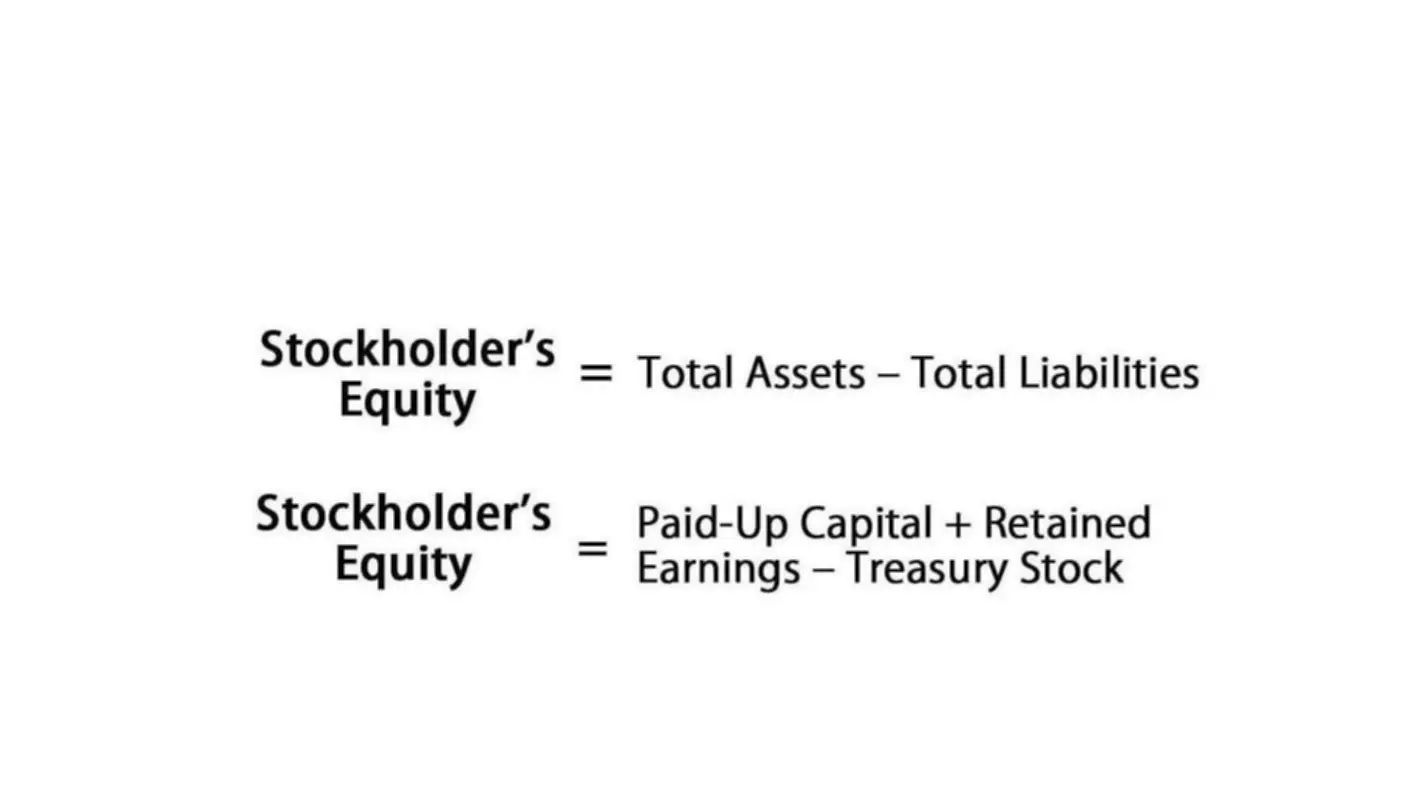Content
- What does an equity multiplier of 2 mean?
- What is an equity multiplier?
- What is Equity Multiplier?
- Equity Multiplier Formula
- Equity Multiplier Calculation Example
- How to Calculate Equity Multiplier?
- How to calculate equity multiplier
- Equity Multiplier DefinedExamples, Formula, High and Low
- Sharpe Ratio
A lower calculated number indicates lower financial leverage and vice versa. Generally, a lower equity multiplier is desired because it means a company is using less debt to fund its assets. Like other financial leverage https://www.bookstime.com/articles/equity-multiplier ratios, the equity multiplier can show the amount of risk that a company poses to creditors. In fact, creditors and investors interested in investing in a company use this ratio to determine how leveraged a company is.

Essentially, this ratio is a risk indicator used by investors to determine a company’s position when it comes to leverage. An equity multiplier is a financial ratio that measures the amount of financing a company has obtained through the issuance of equity divided by the company’s total assets. The values for the total assets and total shareholder’s equity can be found on the balance sheet, so check that before calculating. Also, it can be calculated by anyone who has access to the firm’s yearly financial reports. The values for the total assets and the shareholder’s equity are available on the balance sheet and can be calculated by anyone with access to the company’s annual financial reports. Apple’s relatively high equity multiplier indicates that the business relies more heavily on financing from debt and other interest-bearing liabilities.
What does an equity multiplier of 2 mean?
However, this could also make the company less likely to get a loan if needed. This information is located on a company’s balance sheet, so the multiplier can be easily constructed by an outsider who has access to a company’s financial statements. In general, lower equity multipliers are better for investors, but this can vary between industries and companies with particular industries. In some cases, a low equity multiplier could actually indicate that the company cannot find willing lenders; or it could also signal that a company’s growth prospects are low. In general, equity multipliers at or below the industry average are considered better.
Calculating Equity Multiplier is straightforward, which helps to know the shareholders’ net equity finances and the number of assets of a firm. Suppose the Equity Multiplier ratio is 2, which means investment in total assets is 2 times by total equity of shareholders. An equity multiplier is a financial leverage ratio that measures the portion of assets financed by shareholders within a company. It can be found from the total value of a company’s equity divided by the total value of shareholders’ equity. When a company’s equity multiplier increases, it means a bigger portion of its total assets is sourced from debt. This means they need to step up their cash flows to maintain optimal operations.
What is an equity multiplier?
Higher multiplier ratios tend to deliver higher returns on equity according to the DuPont analysis. For our illustrative scenario, we will calculate the equity multiplier of a company with the following balance sheet data. Additionally, a low equity multiplier is not always a positive indicator for a company. In some cases, it could mean the company is unable to find lenders willing to loan it money. A low equity multiplier could also indicate that a company’s growth prospects are low because its financial leverage is low. There can be times when a high equity multiplier reflects a company’s strategy that makes it more profitable and allows it to purchase assets at a lower cost.

Return on Equity provides a measure of net income earned by a firm for its shareholders. The DuPont analysis can determine if there is change over time and how much is due to financial leverages. In this example, Company A has a lower equity multiplier, meaning it has used less debt in proportion to equity to finance its assets. The equity multiplier is important for investors because it offers a glimpse of a company’s capital structure and how much debt the company has.
What is Equity Multiplier?
It is essential to determine if a company relies on debt to finance its assets or if it utilizes shareholders’ equity. It is common to find companies on both sides of the chart, though most believe a lower-leveraged company to be a better option. Moreover, this multiplier can show the level of debt that was used by a company in order to acquire assets and maintain operations.

Financial institutions may also provide unfavorable credit arrangements in such cases. On the other hand, creditors will be more likely to extend funding or provide better credit terms if a company has a low debt to asset ratio resulting in a low ratio. When looking at a company’s financials, it is vital to understand how the firm finances its current and future assets. The DuPont analysis was developed by DuPont corporation to review internal sources. This financial assessment tool uses the equity multiple, net profit margin, and asset turnover to find the Return on Equity value. On the other hand, a low equity multiplier indicates the company is not keen on taking on debt.
Equity Multiplier Formula
Volatility profiles based on trailing-three-year calculations of the standard deviation of service investment returns. Carbon Collective is the first online investment advisor 100% focused on solving climate change. We believe that sustainable investing is not just an important climate solution, but a smart way to invest. Go a level deeper with us and investigate the potential impacts of climate change on investments like your retirement account. We’ll now move to a modeling exercise, which you can access by filling out the form below.
A low leverage value is deemed to indicate a healthy company due to decreased debt financing and service fees. Apple’s minimal debt asset financing structure is more attractive to creditors who will be willing to provide further debt and loans. Investors are also more likely to invest because of the low debt financing and financing expansion opportunities. https://www.bookstime.com/ That said, the EM ratio is still capable of providing a quick look into a company’s asset financing structure. Being a much faster and easy formula, it tends to be a ratio computed first before further analysis can be conducted. The multiplier ratio is also used in the DuPont analysis to illustrate how leverage affects a firm’s return on equity.